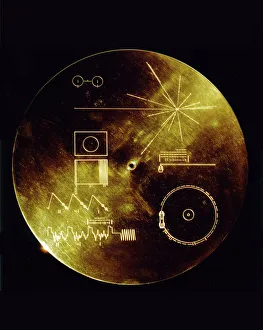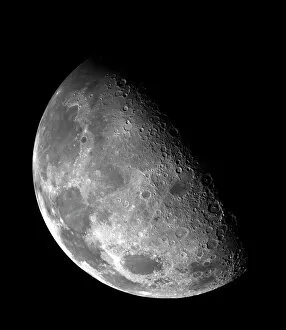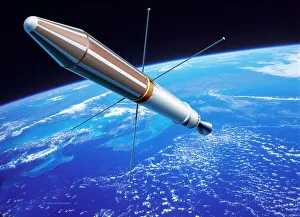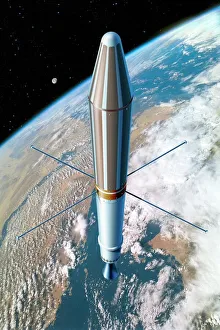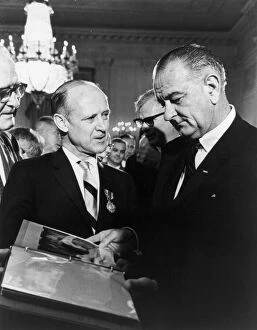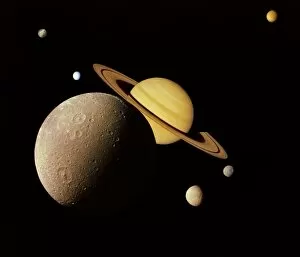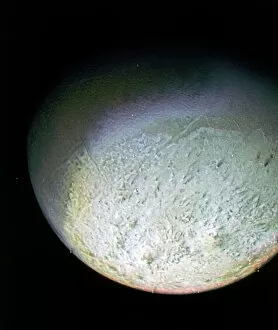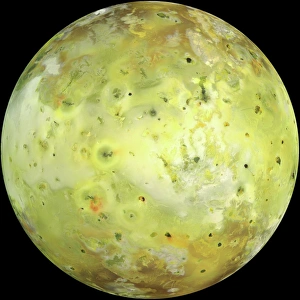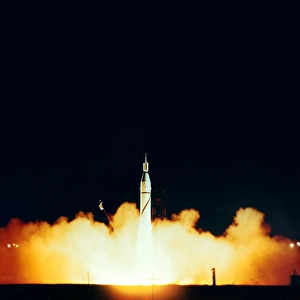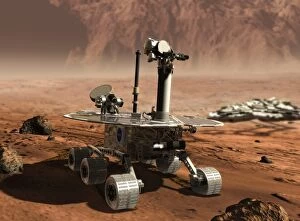Jet Propulsion Laboratory Collection
Jet Propulsion Laboratory (JPL), the leading center for robotic exploration of our solar system
All Professionally Made to Order for Quick Shipping
Jet Propulsion Laboratory (JPL), the leading center for robotic exploration of our solar system, has been at the forefront of groundbreaking discoveries and technological advancements since its establishment in 1936. With a rich history spanning over eight decades, JPL has continuously pushed the boundaries of space exploration, leaving an indelible mark on humanity's understanding of the universe. One iconic moment captured by JPL is "The Sounds of Earth Record Cover. " This record cover encapsulates humanity's diverse culture and knowledge as it was sent aboard Voyager 1 and Voyager 2 spacecrafts in 1977. It serves as a time capsule, carrying sounds and images that represent life on Earth to potential extraterrestrial civilizations. Another remarkable achievement is the first-ever picture capturing both Earth and Moon together in a single frame. This awe-inspiring image showcases our planet's beauty against the backdrop of its celestial companion, reminding us of our place within the vastness of space. JPL's contributions extend beyond our home planet. The Galileo mission provided stunning images revealing intricate details on the Moon's surface, unraveling mysteries hidden for centuries. These captivating visuals offered scientists valuable insights into lunar geology while igniting curiosity about other celestial bodies. Mars Spirit rover stands as another testament to JPL's ingenuity. This pioneering robot explored Mars' terrain with unparalleled precision, uncovering evidence suggesting past water activity on this enigmatic red planet. Its findings paved the way for subsequent missions like Curiosity Rover to delve deeper into Mars' secrets. In addition to planetary exploration, JPL played a crucial role in advancing aerospace technology with projects such as SR-71 Landing with Drag Chute – showcasing their expertise in aircraft design and engineering excellence. Furthermore, JPL contributed significantly to scientific breakthroughs through satellite missions like Explorer 1 orbiting around our planet. These satellites revolutionized our understanding of space physics by detecting cosmic rays and radiation belts encircling Earth, opening up new frontiers for exploration.


